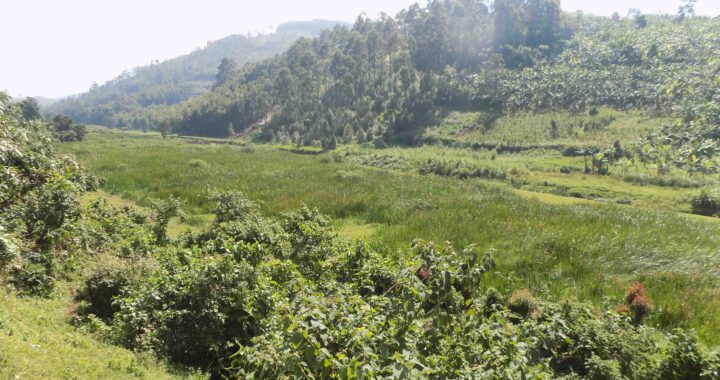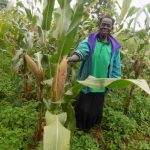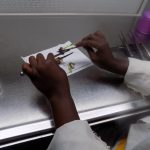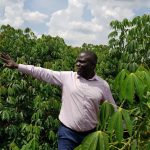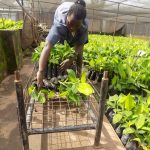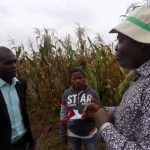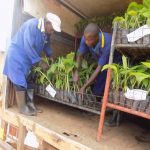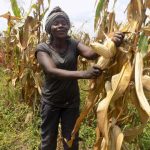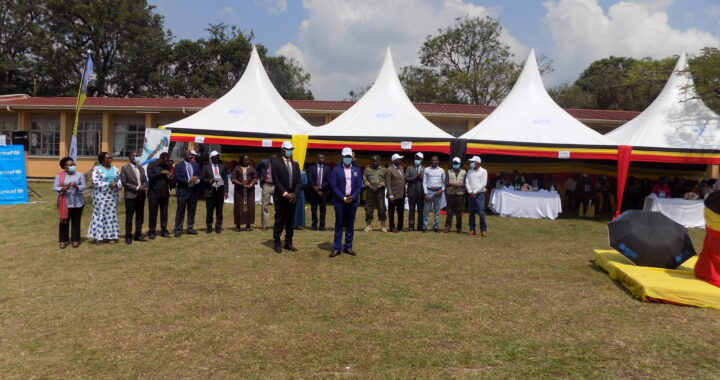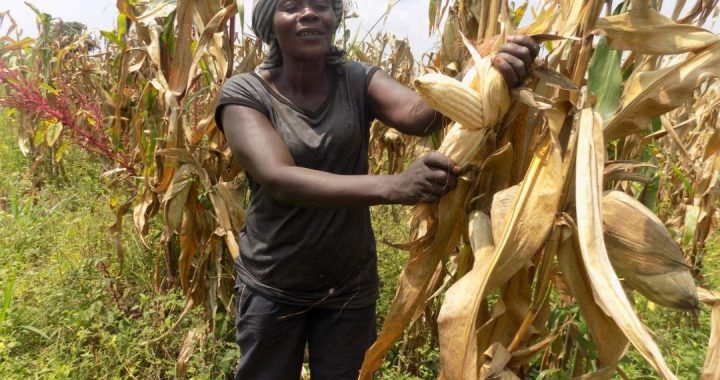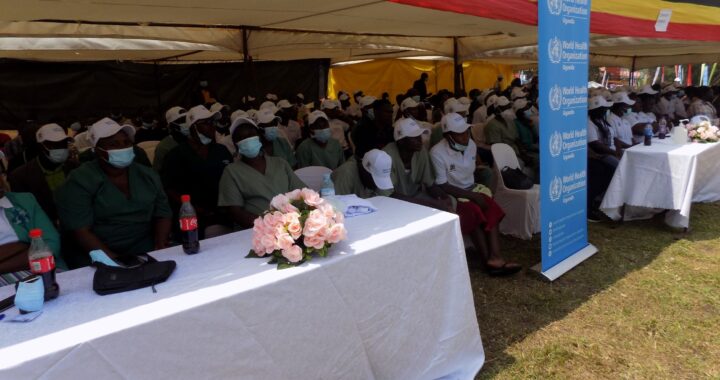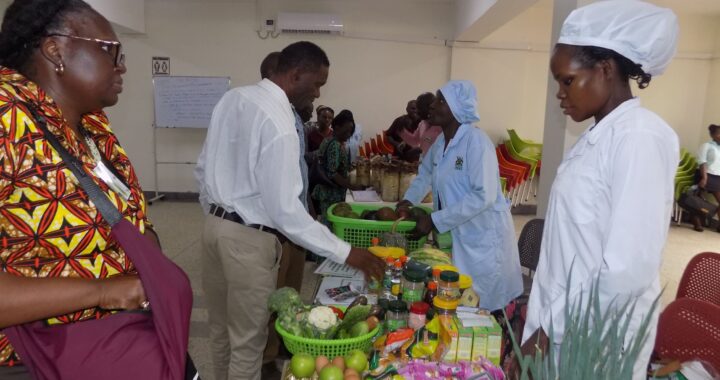Mountain gorillas recovery; 1063 in the wild
3 min read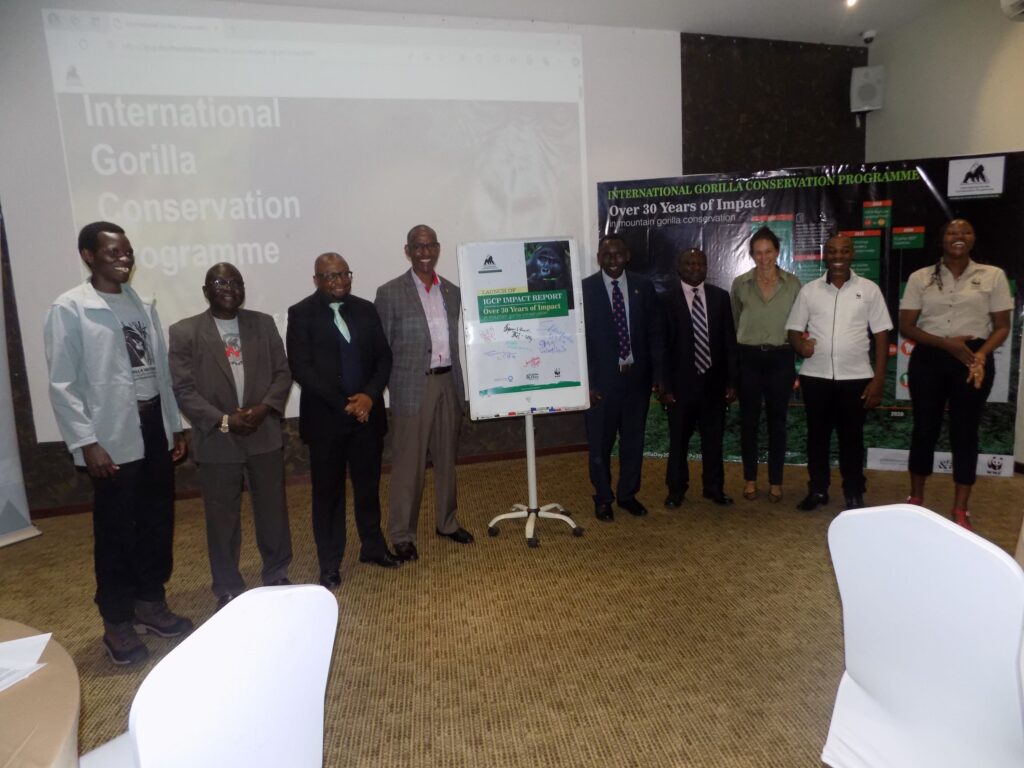
Participants from different organisation involved in gorilla conservation.
By Christopher Bendana.
The number of mountain gorillas in the Greater Virunga Gorillaland has risen to a new high of 1063, a new report reveals.
The Impact Report launched on September 23 by the International Gorilla Conservation Programme (IGCP) in Kampala show a continuous rise over the years from about 600 gorillas in the 1990s to about 1063 as per the 2018 Bwindi-Sarambwe and 2016 Virunga Massif censuses.
The Bwindi –Sarambwe habitant comprises Bwindi Impenetrable National Park in southwestern Uganda and Sarambwe Nature Reserve in the Democratic Republic of Congo (DRC)
On the other hand; Virunga Massif comprises Virunga National Park in the DRC, Volcanoes National Park in Rwanda, and Mgahinga Gorilla National Park in Uganda.
“They might be more as they freely roam across the three boundaries. They don’t respect the boundaries. These are estimates, but we are soon doing another census,” said Wellard Makambo, the director of IGCP at the launch.
IGCP, a partnership of Conservation International, Fauna & Flora, and World Wildlife Fund has been working in the three countries since its inception in 1991 with a priority of securing the future of the mountain gorillas.
And indeed its work with others has an impact. The mountain gorilla status has since been removed from the Red list of the International Union for Conservation of Nature (IUCN) and they are a step down from critically endangered to engendered.
Makambo acknowledged the contributions of the local communities, local governments, civil society, and the Mother of Gorilla Research, American primatologist Diana Fossey who researched much about the gorillas in the 1960s.
She was killed in 1985 in Volcanoes National Park.
He emphasized the importance of improving the livelihoods of local communities so that they appreciate the benefit of conservation.
He revealed that they had constructed Cloud Mountain Gorilla Lodge in Nkuringo around Bwindi as an alternative income for the people neighboring the park.
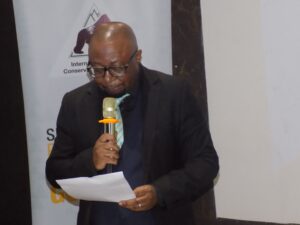
They have also constructed communal water tanks, and the community can grow crops in created buffer zones.
“Our actions have benefited over 500,000 community members, “he said.
Ricky Okwir Okello, a veterinarian based in Bwindi Park with Gorilla Doctors emphasized the importance of health monitoring and intervention to treat gorillas and control aspects like inbreeding.
“Gorilla treatment has had an impact on their future,” he said at the launch.
He however warned of complacency explaining that a simple mistake like an emergency of an infectious disease like Ebola in the apes would have a disastrous effect wiping out all the gains.
James Byamukama, the executive director, the Jane Goodall Institute said the success of gorillas conservation is a big gain on the whole ecosystem.
The parks where they live are some of the highly protected rainforests in the region.
The launch came a day early for the celebration of World Gorilla Day today.
Mountain gorillas tourism is a major foreign exchange earner for the three countries.
You can support this independent journalism by contacting the editor at cbendana@sciencenowmag.com
ScienceNowMag would like to send one journalist to report from COP 29. You can be a sponsor
